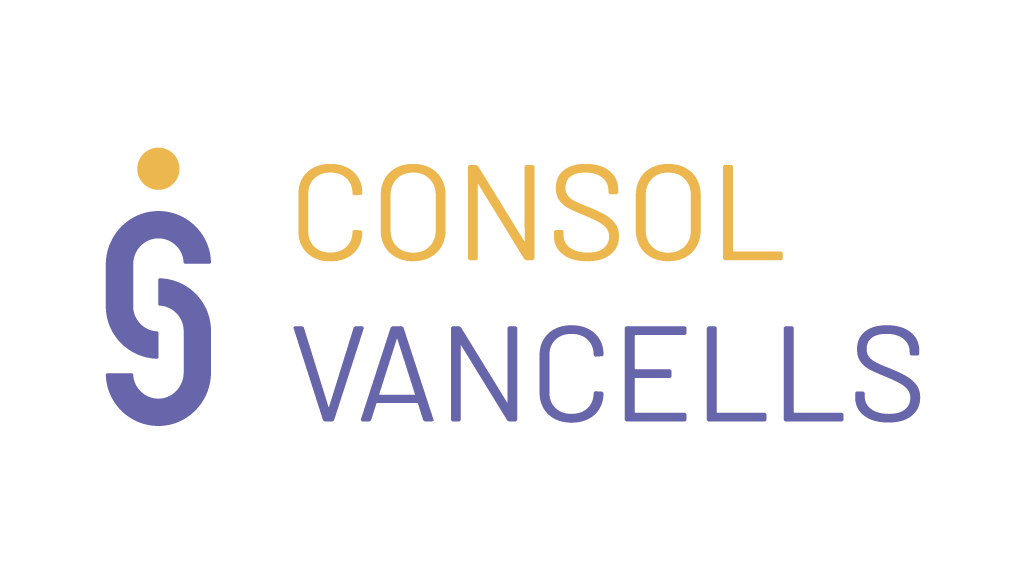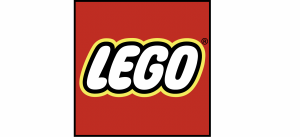Translation of the article published in Via Empresa on the 26th of April, 2022
Consol Vancells Casanovas
Expert in brand management

What do Volodymyr Zelensky, Jaume Guardiola, Jacinda Ardern or Marie Le Pen have in common?
The unique reading of his name activates in our brain a perception, different in each case, and this perception will lead us to different degrees of rejection or acceptance.
According to the Diccionari de la Llengua Catalana – IEC, perceiving means “receiving impressions, gaining knowledge of something through the senses”.
Prince Ghuman spoke about it a few weeks ago in the article A Neuroscientific Look At Branding in Forbes magazine: “The brain creates the perception of what you’re seeing. It does this through so-called mental models. ” Perception, he adds, is also fueled by one’s beliefs.
Dana Boebinger (PhD), Speech and Hearing Bioscience and Technology from Harvard University, distinguishes between sensation and perception: The first is to detect the physical energy of the environment, through sight, hearing, touch, taste and smell. The second, perception, is based on recognizing and interpreting these sensory signals.
Broadly speaking, the perception of reality that we each have is marked by our beliefs and mental models that our brain has been building and reaches us through the senses.
The perception of reality that everyone has is marked by our beliefs and mental models that our brain has been building and reaches us through the senses.
That is why it is appropriate to talk about perception when we enter the world of branding: brands (the corporate brand, also the personal brand or the brand of a city or a country) reside in people’s minds, and their generic name is the perception we have of it.
Branding is in the air!
The brand therefore exists in itself and is the subjective perception that each of us has of everything (everyone) with which we relate in our day to day. Apple or Microsoft, Nike or Puma, Patagonia or Decathlon, Barcelona or Lisbon?
And why not, male or female director? Don’t miss the testimony of Eva Diaz, CEO of Appogeo Digital at #FemaleForward, on YouTube. Based on her trans experience, she explain how you are perceived differently in your professional environment, whether you are a man or a woman.
I am dedicated to strategic brand management and perception is the backbone of our work.
Brand strategy or how to approximate the perception I have of you and the one you want me to have. Brand strategy that ultimately translates into business strategy, because there is no strategy for success without a good product / service, an honest relationship with internal talent and external agents, good financial results in the medium term and now more than ever, a sustainable look at our business.
Businesses and NGOs are perceived as the only competent and effective drivers of positive change in favor of the big issues that challenge us, such as climate change and human rights.
Businesses have gained credibility over the years, with governments and the media, to the point that according to the 2022 Edelman Trust Barometer (an annual survey of 36,000 people in 28 countries), businesses and NGOs are seen as the sole drivers. competent and effective positive change in favor of major issues such as climate change and people.
Also according to this barometer, “although companies outperform the government by 53 points in competition and 26 points in ethics, respondents believe that companies are not doing enough to address social issues, such as climate change (52%). economic inequality (49%), workforce reskilling (46%) or reliable information (42%) ”.
The pressure on the company is constant. In the same study, in 2021, 86% of consumers expect brands to take action beyond their product and business, for the benefit of third parties.
Companies with purpose
All in all, I was fascinated by the reading of “Net Positive: How Courageous Companies Thrive by Giving More Than They Take” (2021), by Paul Polman and Andreu Winston, where from the case of Unilever, the correlation between facts and figures is shown. Companies that adopt sustainable practices and improve their financial performance, especially in the medium and long term.
This book is a roadmap to a new business model and, by extension, a new branding trend that I identify with 100%. I mean companies with purpose and how the best profit can be achieved through purpose. I’m talking about branding with purpose, for the benefit of the company, its stakeholders and the society in which it operates.
As explained in “Net Positive (…)”, the company’s formula for purpose often uses the Sustainable Development Goals (SDGs) as a tool to find its mission, for its own benefit and that of its environment. And under the title You Break the World, You Own It, they appeal to the responsibility of the company (and that of consumers and governments) to counteract the negative impact they cause on the environment and human rights from its activity.
The solution for the future is to transform into a purposeful business with five basic principles:
- Be responsible for all the impacts and consequences of the company’s activity, intentional or unintentional
- Operate for the long-term benefit of the company and society
- Look for positive performance for all stakeholders
- Value creation by shareholders as a consequence, not as a goal
- Find partners to drive systemic change
The process of finding a purpose that works for a brand (and for brand finances too) is not an easy or fast way. It is an evolution.
According to Karen Hamilton, Unilever’s Global Vice President of Sustainability, it’s about working out the purpose, building the brand idea and learning (humbly) about a topic, working with external and internal agents to create real-impact programs from the ground up. from where to approach it.
Unilever has demonstrated this with its Unilever Sustainable Living Plan (USLP) project, led by Paul Polman, author of “Net Positive (…)”: Its purpose-oriented brands (…) have grown 69% faster than the rest of the business and with higher margins.
In short, with multiple experiences, studies and statistics, the authors show, over 400 pages, solid data that finally show that companies with purpose, focused on ESG (Environmental, Social and Governance) factors and the SDGs can achieve returns. equal or superior to business as usual.
By the way, according to a study by Goldman Sachs, the stock prices of companies with more women on management and boards of directors increased by 2.5% per year faster than those of dominant companies for men. Tank.
Let’s do it right and let it be known
Finally, we will not change the beliefs or mental models of people with a marketing strategy. But we can change the perception they have of our company (and our own, as managers and employees), working for the benefit of the business, the environment and people.
And from the management of the brand we will let you know with a tailor-made strategy: audit, objectives, action plan, Kpi’s, budget and calendar. To give visibility to the brand, to change its perception, to attract or retain customers. To make the world a better place. And also, obviously, for sale.
They say branding is what people remember when they think of you.
That’s why I’m staying with Jacinta Ardern, the Prime Minister of New Zealand, a benchmark for women’s leadership. Jaume Guardiola is the highest paid executive in Catalonia (Diari Ara 16/4). The mere mention of the other Guardiola, Pep, surely generates different perceptions. From Le Pen the best answer, silence, and from Zelensk, we could make a brutal personal brand case study.
That’s it, branding is in the air.





